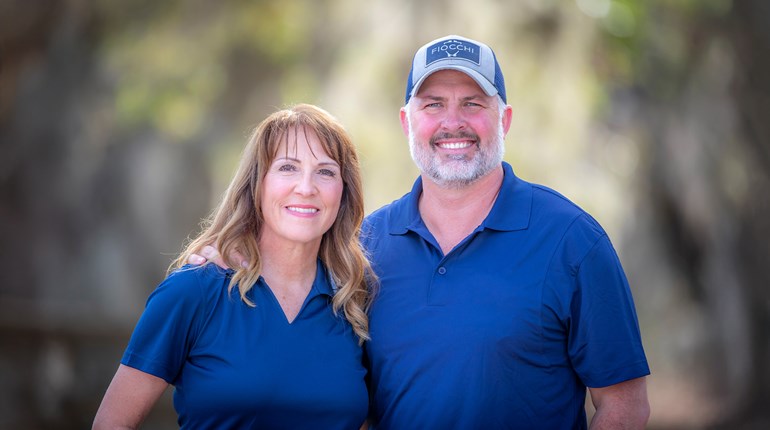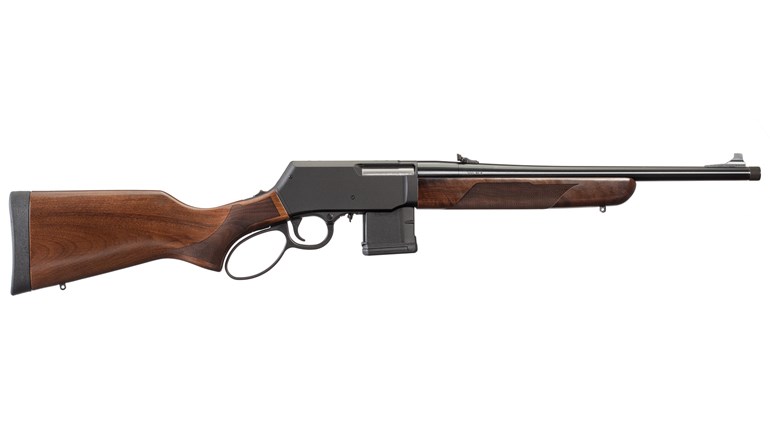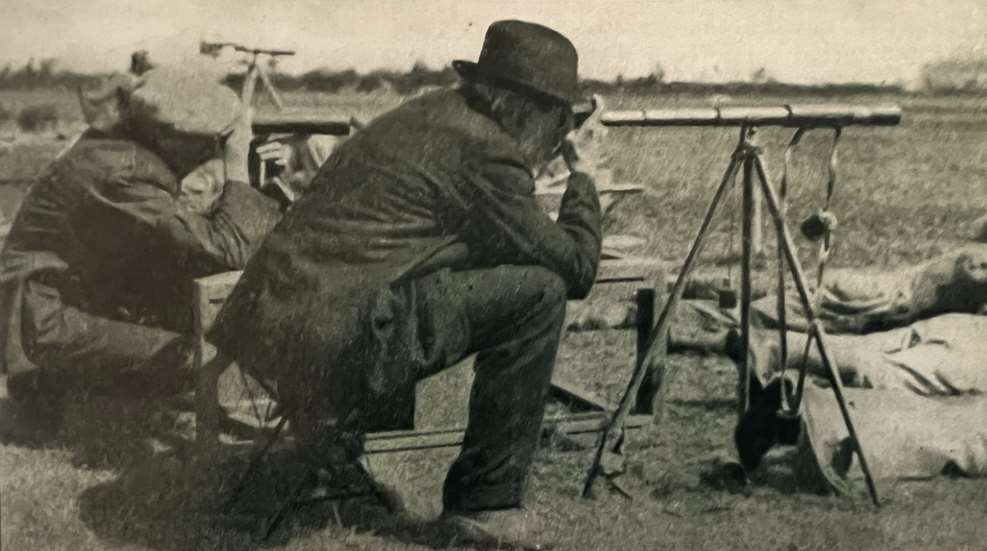
“There will be National Matches at Sea Girt—thanks to Brig. Gen. Bird W. Spencer and some Marines.”
—The American Rifleman, August 1926
In a scene reminiscent of the one that took place 14 years earlier, no federal funds were appropriated for the conduct of the National Matches and NRA officials stepped in to fill the void. But unlike the circumstances in 1912, when demands on military personnel prompted the cancellation, federal authorities in 1926 cited economic cutbacks for the elimination of National Match funding from its budget.
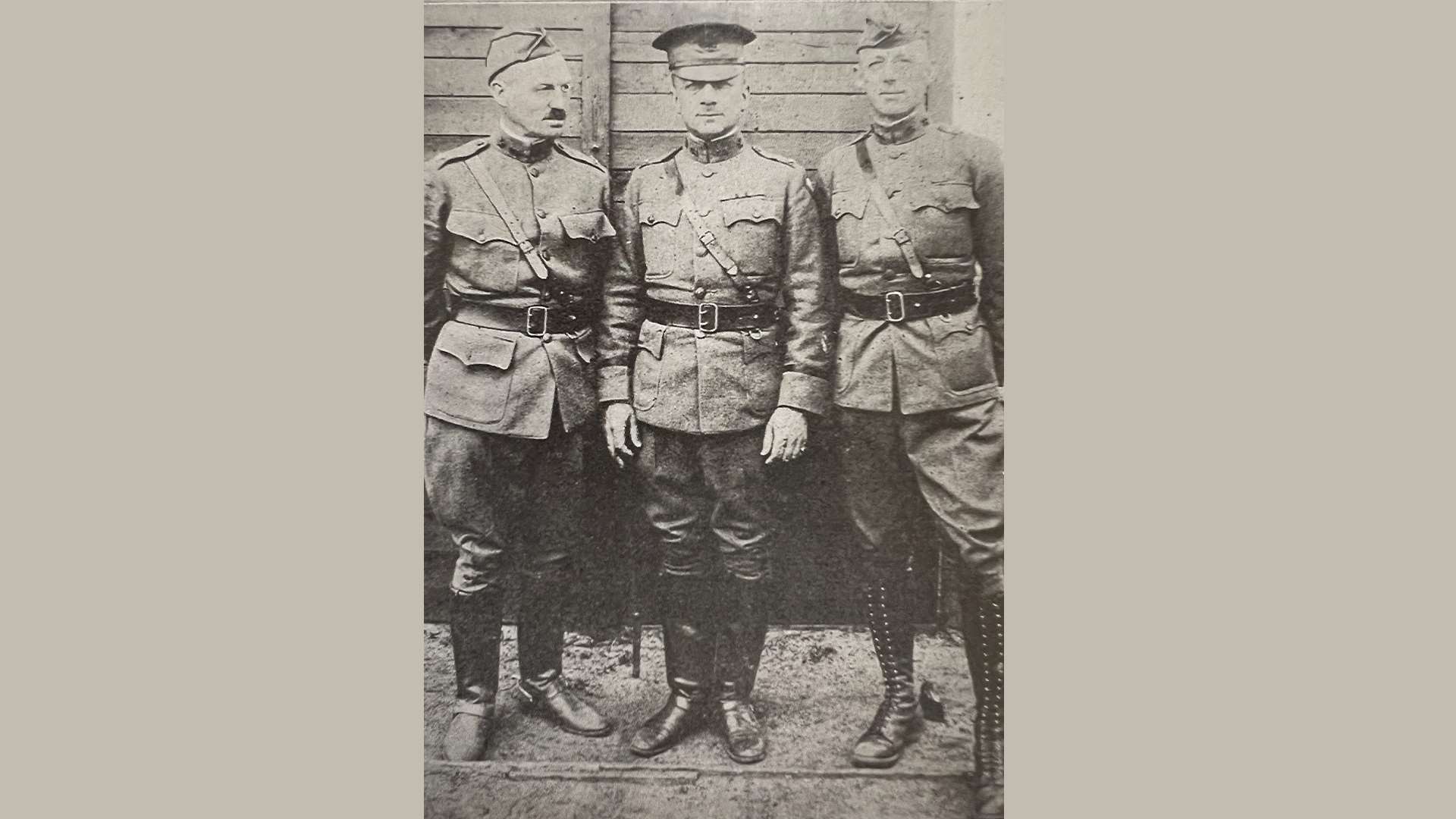
Col. Alexander Macnab, Jr., the National Matches Executive Officer in 1925, appealed to the Director of the Budget to no avail. Afterward, a delegation of National Rifle Association executives, led by NRA President Fred M. Waterbury and newly appointed Executive Secretary Milton Reckord, had a meeting with President Calvin Coolidge in the White House to make a final plea for bare-bones funding in order to cover basic National Match operating expenses. Yet despite the eventual Senate approval to finance the matches, reinstatement efforts failed when the House of Representatives did not support the funding.
“The gentlemen who control the money-bags of the nation decided that one of the greatest incentives to training for national defense was not worth a few hundred thousand dollars.”
—The American Rifleman, April 1926
Once it was realized that Camp Perry was out of the picture as the 1926 National Match site, the focus turned to identifying regions where matches could be brought closer to those who otherwise may not have been able to travel to Ohio. New Jersey proved to be a logical surrogate and the historic Sea Girt ranges reclaimed some of its National Match glory this year, just as it did in 1912 and again in 1914 when matches were conducted on a divisional basis. In all three instances, former NRA President and New Jersey Rifle Association official Bird Spencer was indispensable in securing Sea Girt for the substitute shooting program, which this year took place September 4-14 with Spencer as Commandant of the matches and Col. Douglas McDougal as Executive Officer.
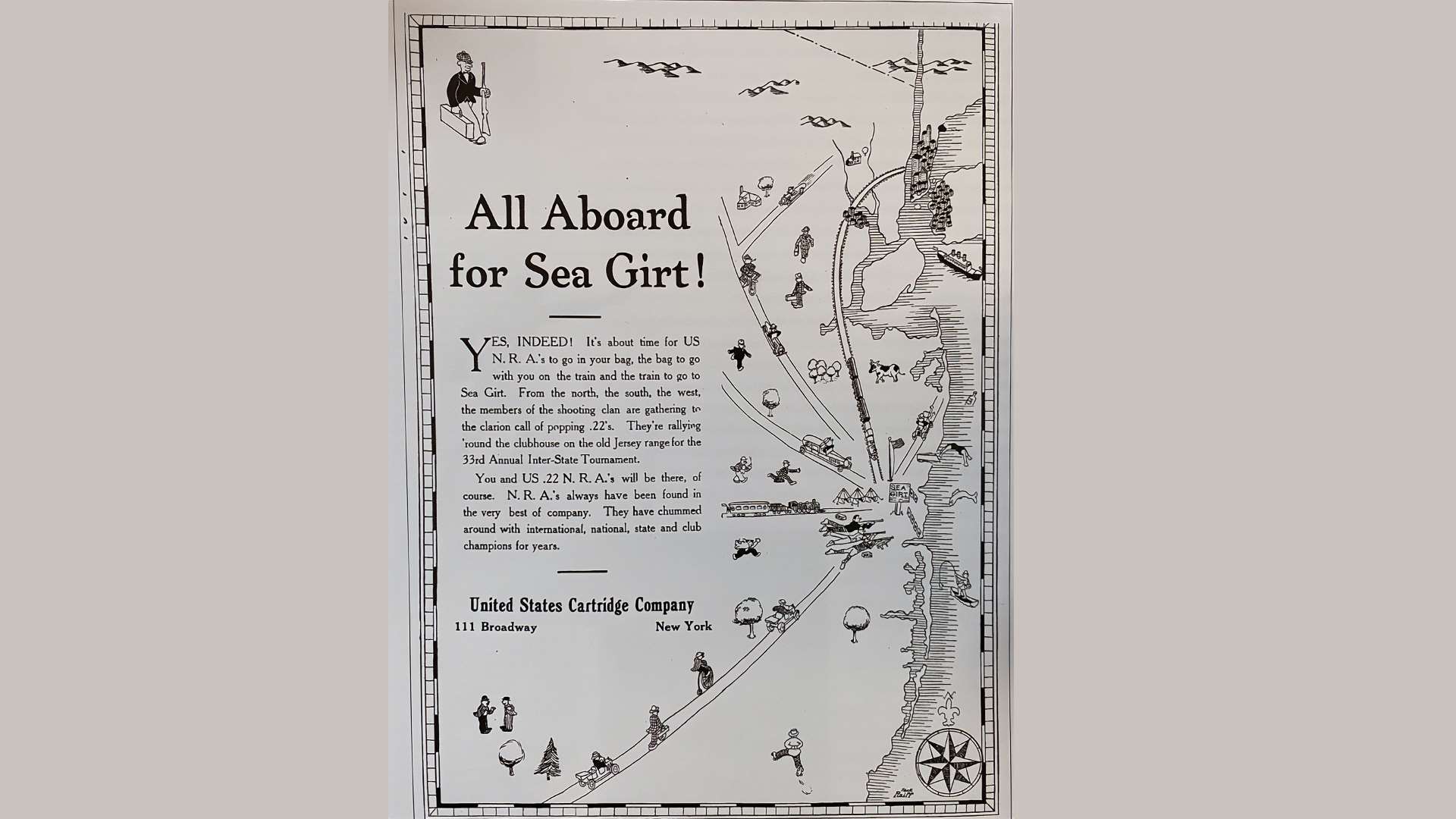
All of the major NRA matches in 1926 were shot at Sea Girt except for the Leech Cup, which was fired at Fort Lawton, Washington, and won by Sgt. Ray Yearian of the Engineers with a possible score. The competition held in Washington state from September 25-30 included other NRA-sponsored events, had National Match ammunition available and was billed in November’s The American Rifleman “as the Northwest’s contribution to the regional matches promoted by the National Rifle Association in lieu of the National Matches killed this year by lack of appropriations with which to conduct them.”
In all, six regional sites conducted matches with the approval of the Assistant Secretary of War and assistance from various Corps Area Commanders. In addition to Sea Girt (2nd Corps Area) and Fort Lawton (9th Corps Area), other sites that featured NRA matches were:
Fort Screven, Georgia (4th Corps Area)
August 20-27—NRA Matches fired: 200-, 300- and 600-Yard Rapid-Fire Matches; 200-, 600- and 1,000-Yard Two-man Team Matches; 200-Yard Smallbore Match event held with monetary help from the city of Savannah; additional 19 targets were included for 40 total.
Fort Sheridan, Illinois (6th Corps Area)
September 4-6—NRA Matches fired: 600-Yard Any Rifle Match [won by former DCM Director C.E. Stodter]; 1,000- Yard Two-man Team Match; 200- and 300-Yard Rapid- Fire Matches; 600-Yard Two-man Team Match … no issue rifles provided or V-ring targets available so pit detail stenciled rings on targets ... mention made of National Match ammunition being available “and probably will be issued free” ... cash prizes from match entries were given to Army personnel who staffed the ranges.
Wakefield, Massachusetts (1st Corps Area)
August 15-22—NRA Matches fired: Civilian Club Members Match; Civilian Inter-Club Match; 200- and 300-Yard Rapid-Fire Matches; Rapid-Fire Championship (last two won by Marine Sgt. A.S. French who also took second in 200-Yard R.F.).
Harrisburg, Ohio (5th Corps Area)
September 1-6—NRA Matches fired: 200- and 600-Yard Any Rifle Matches; Club Members’ Match; 200-Yard Two-man Team Match; various .30 caliber and smallbore re-entry matches ... squaw camp provided.
“The meet was, all in all, a pleasant regional gathering, but—it wasn’t even an excuse for National Matches.”
—The American Rifleman, October 1926
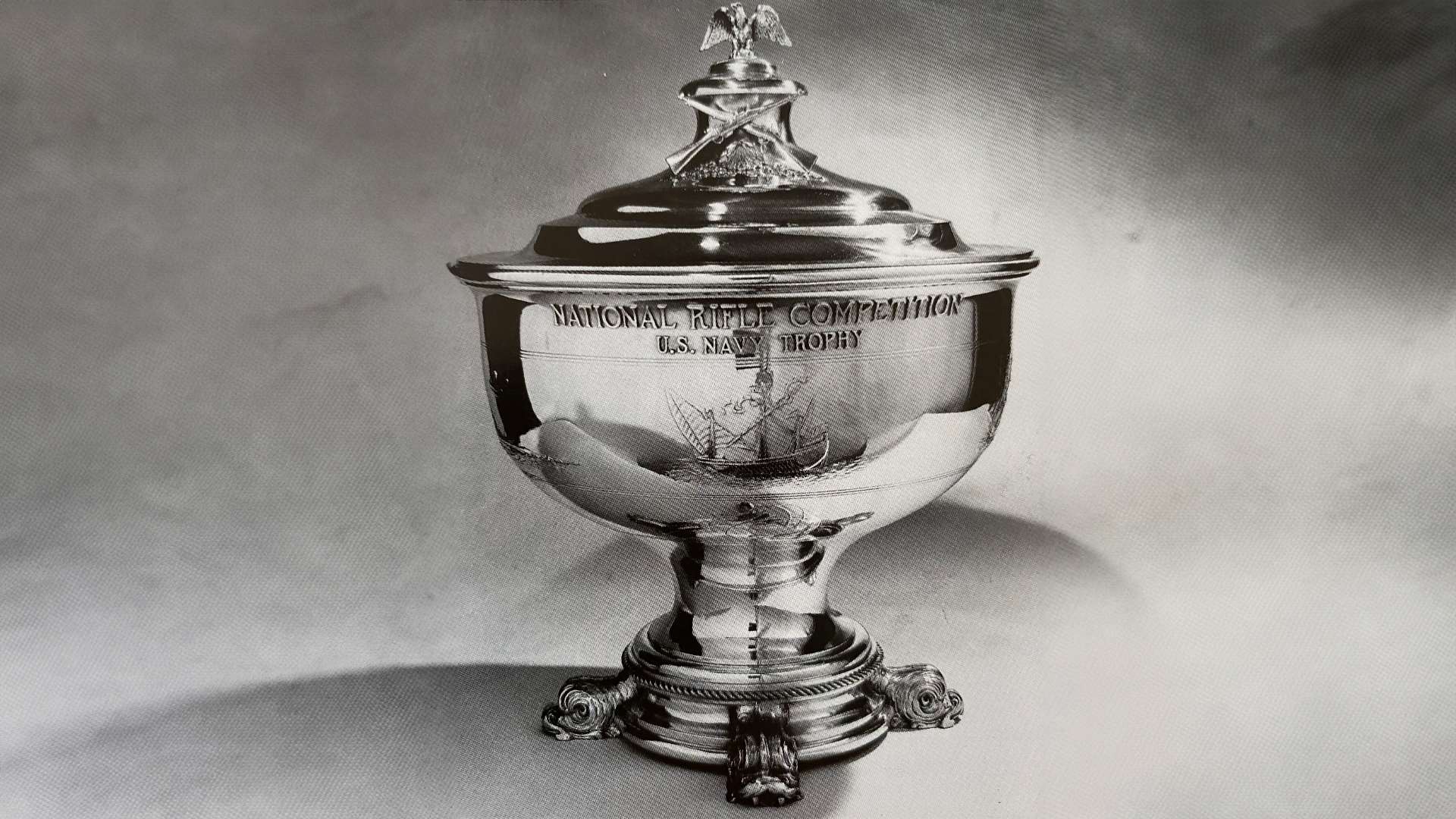
“The scene of the original National Matches was the host this year to a majority of the National Rifle Association competitions ... Taken as a whole, the Sea Girt Matches were an excellent regional competition. They were not in any sense a substitute for the National Matches ... Combined with the matches at Wakefield (Mass.), at Fort Screven, Ga., Harrisburg, Ohio, and at Ft. Lawton, Wash., the Sea Girt competitions aid a great deal to plug the gap which resulted from the failure of Congress to provide for the National Matches this year.”
—The American Rifleman, October 1926
In the absence of Army personnel at Sea Girt, Marines staffed the pits and ranges in addition to providing their normal scoring duties and the program included four “Sesquicentennial Matches” that resembled and replaced the four National Board events. On the firing line, the Marine presence was equally strong, as honors in the sesquicentennial events and major NRA matches like the Herrick, Enlisted Men’s, A.E.F Romanian, President’s and Wimbledon, which were won by Sgt. John Thomas and Lt. Lewis Hohn, respectively, went to Corps shooters.
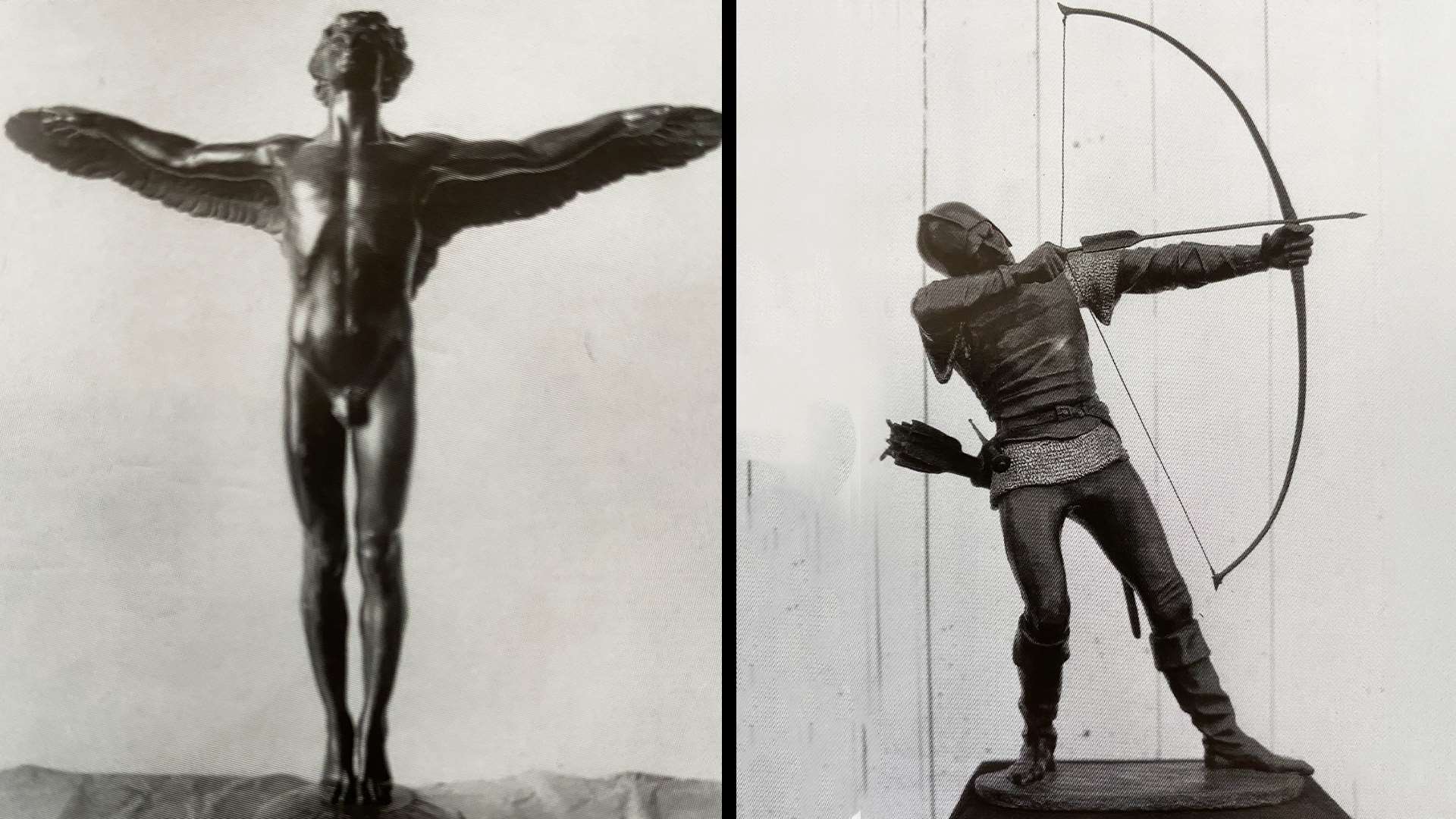
Though rifles and ammunition were available for issue at Sea Girt, pistol competitors had no such privileges this year, and the sense of enthusiasm and camaraderie that shooters normally experienced along Commercial Row at Camp Perry was noticeably absent. Exhibitors still turned out in good number, but with no permanent structures to display their wares in the elaborate fashion that had become customary at Camp Perry, the atmosphere was more subdued. Another popular aspect of the Camp Perry matches that did not transition to Sea Girt was the squaw camp for families of competitors. Though mentioned in preliminary programs, provisions for the special accommodations never materialized and, upon arrival, some competitors were left to find alternate housing nearby while others withdrew from the matches altogether.
The Dewar Trophy was competed for this year at Sea Girt, and the comfort and familiarity of Camp Perry was sorely missed. Poor weather marked by high winds off the ocean added to the disruption U.S. shooters faced when they had to fire on a smallbore range that was superimposed on the high power grounds, forcing them to move several times. When the scores were tallied, the U.S. win streak that had lasted for more than a decade had ended, and the prize was relinquished to the British.
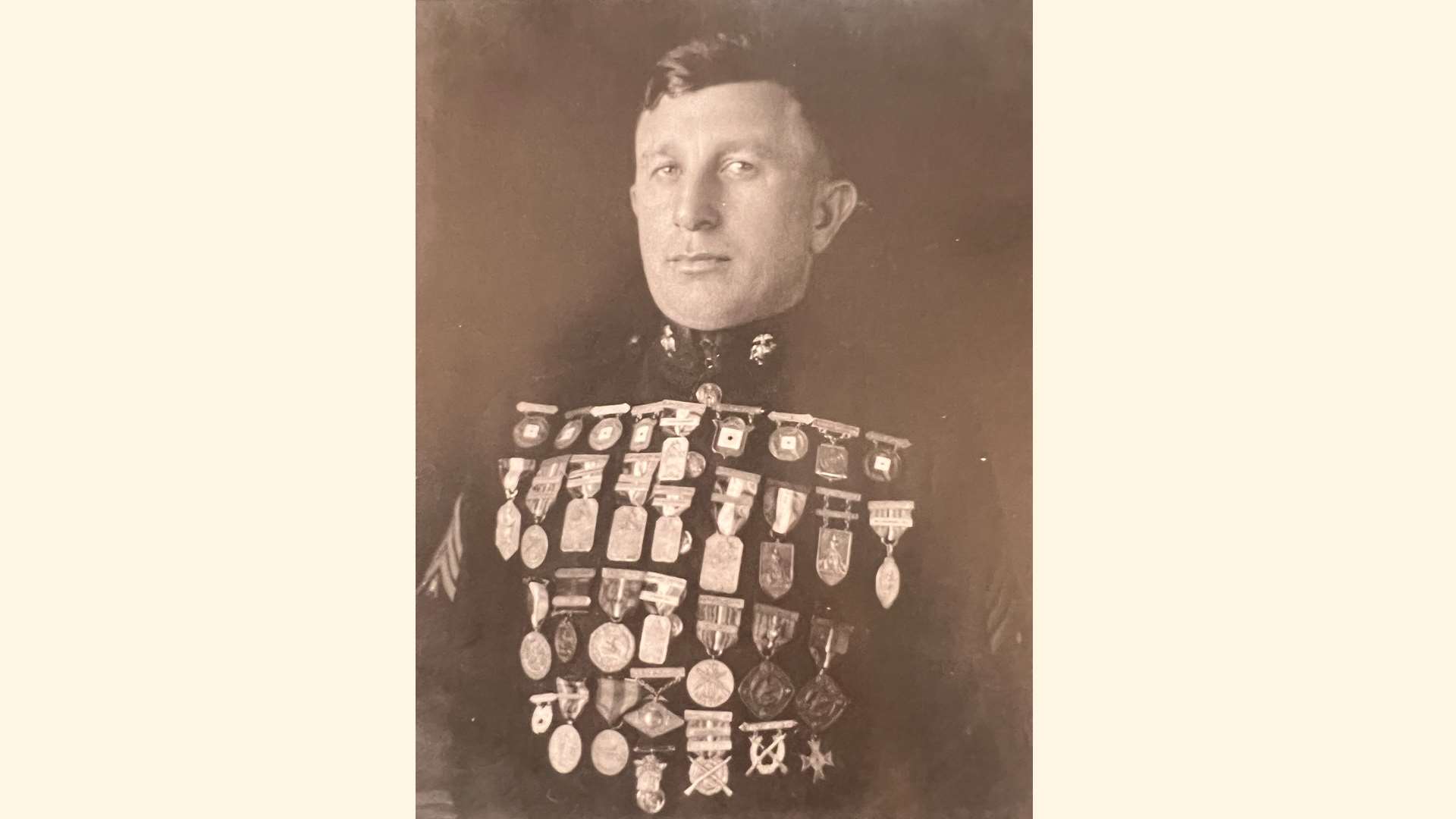
With match entries that represented a fraction of those typical at Camp Perry, no winner this year could realistically claim the title of “national” champion. Nevertheless, efforts were made to utilize the regional matches as a way to maintain interest and attract untapped segments of the shooting community. As the NRA used the opportunity created by fragmented program in 1926 to keep the subject of the National Matches fresh in the minds of shooters across the country, not to mention War Department officials in Washington, D.C., its efforts were recognized and endorsed by major organizations like the Reserve Officers Association and the National Guard. At its national convention in November for instance, National Guard officials stated that the “National Rifle Association is doing a splendid and patriotic work” and offered its support for holding the National Matches on an annual basis.
On the shooters’ level, the regional format worked to their advantage, as NRA officials now had a means by which a more widespread shooting network could be cultivated. The American Rifleman reported the following spring that “Many people were undoubtedly introduced to the N.R.A. Match programs through the medium of these 1926 regional competitions ... It is believed that the regional match idea should be developed and made a permanent part of the National Rifle Association Match Program ... to make them feeders for the National Matches.”
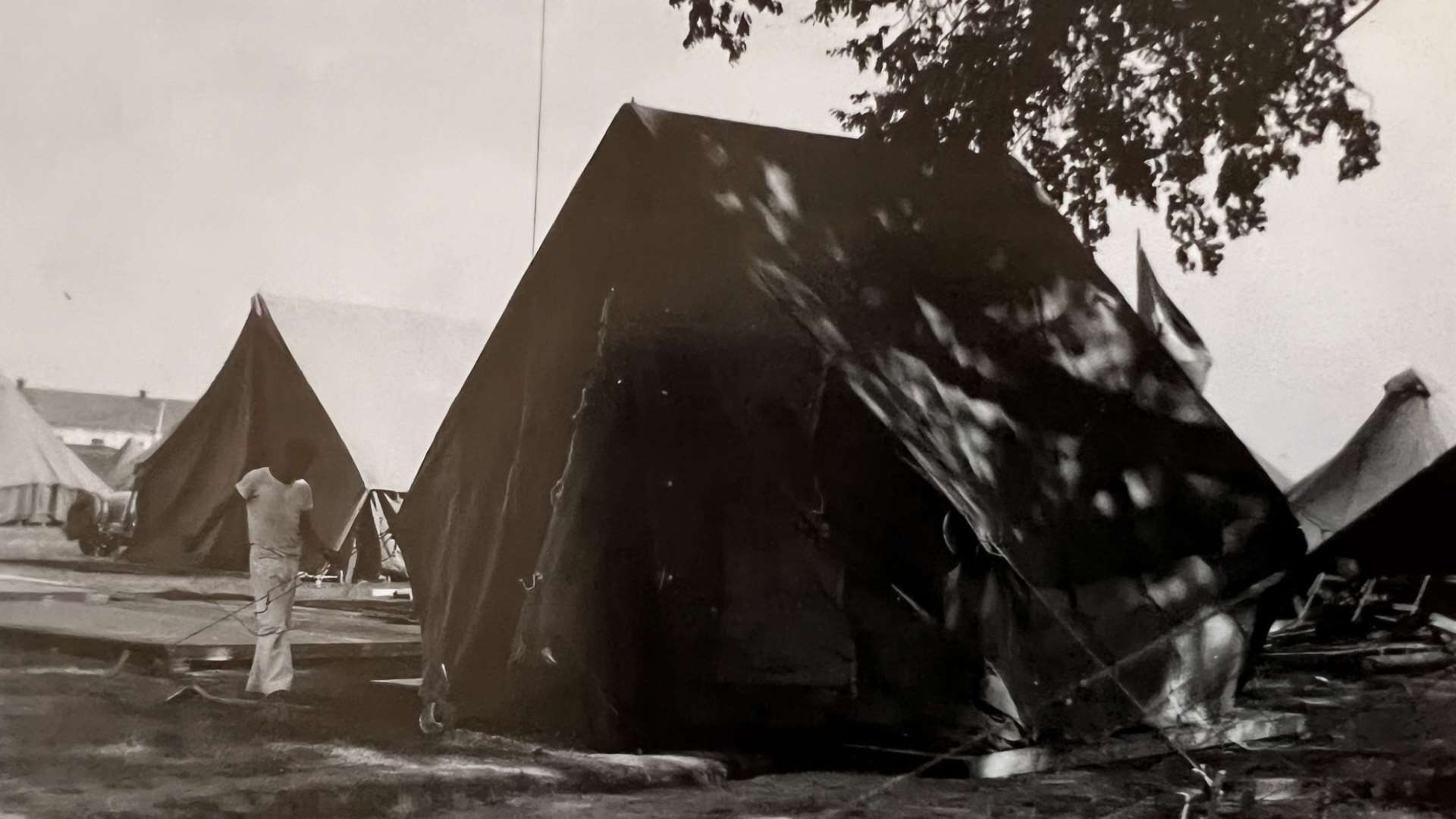
“The present Congress apparently either has forgotten the lesson of 1812 or never heard about it. It declined to appropriate a beggarly half-million for the National Rifle Matches at Camp Perry, but it has passed a bill providing $1,300,000 for the construction of a Plaza by way of beautifying the National Capital ... The moral is that the men who plant fancy cabbages in his garden should have a fence strong enough to keep out the cows. When cows can be trusted in cabbage patches, nations can safely scrap their means of defense.”
—excerpt from “Lest We Forget” editorial, The American Rifleman, 1926
1926 National Matches Fact
Soon after Congress failed to appropriate funds for the National Matches, there was talk of possible matches held in conjunction with Philadelphia’s sesquicentennial celebration. The American Rifleman reported that such matches “would be a fitting part of the ‘sesqui’ because Pennsylvania is the cradle of the weapon that eventually became famous as the American rifle.”













